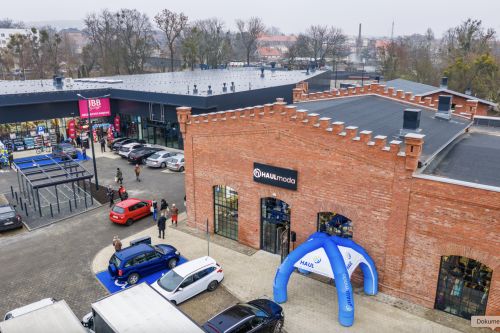Investors, at least the ones with some cash in their hands, can’t wait for 2009. Property values across Europe continue to fall, but those looking to buy believe discounts are going to be even bigger. Does this also apply to the CEE region? Mladen Petrov Hank Greenberg, former chief executive of AIG and one of the company’s biggest shareholders, had a few incredibly bad weeks when he had to watch in horror as the value of the company’s stock plummeted. In an attempt to cope with the liquidity problem, AIG – just like pretty much every troubled company these days – has put a large number of properties up for sale. “To pay off the loan from the government, the company is going to have to sell assets, at a time when they are not going to get the best prices. The more assets you sell at prices that are not fair value, the&nb






























































